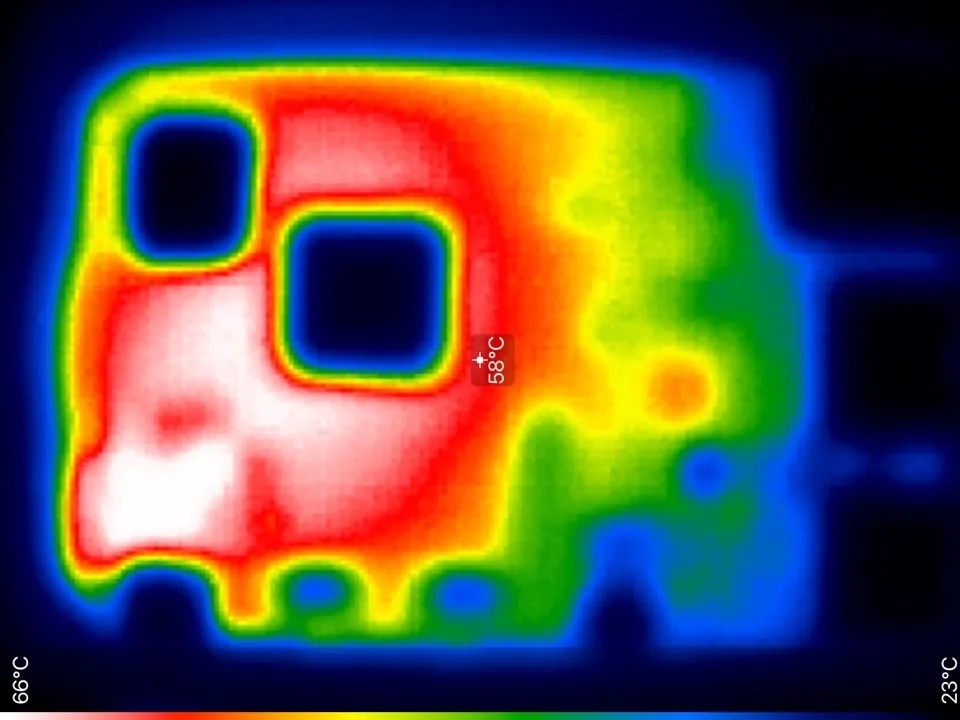I'm putting together a big order of Raspberry Pi 4 and accessories, and I traditionally get the official case as it is super cheap (typically $5) and looks nice.
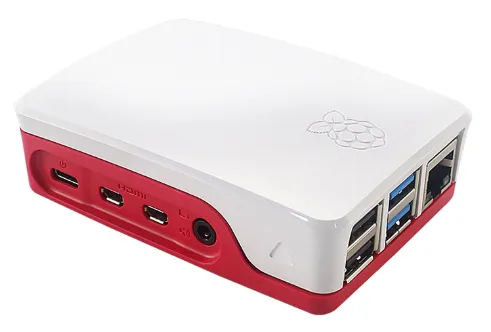
What's not to love right?
This worked great for the Raspberry Pi 3. The Raspberry Pi 3+ started to push the heat temperatures a bit, as it was the same board with higher clocks.
I published a lot of testing in the past on the Raspberry Pi 2&3 and debunked the need for heat sinks for 99% of the installs as heat sinks are pushed by every distributor for additional profits.
The Raspberry Pi 4 on the other hand, heat is a problem. Again though, heat sinks don't do much at all. They won't hurt but generally are not even worth the $5-10 you will pay for them. But heat is a problem with the Pi 4. Just using a Pi 4 for a desktop you can start seeing CPU throttling under casual use. The only good solution for the Pi 4 is an enclosure with a fan.
This thermal shot was taken after a Raspberry Pi 4 was idle for 5 minutes.
The Raspberry Pi foundation has put a lot of effort in releasing firmware updates for the Pi 4 to reduce the power demands.
There have been multiple firmware updates for the Pi 4, each release has reduced the power requirements of the Pi 4. If you already have a Pi 4 you should make sure you are running the latest firmware.
Looking around at cases, I came across this beast, full CNC machined aluminum case/heat sink.
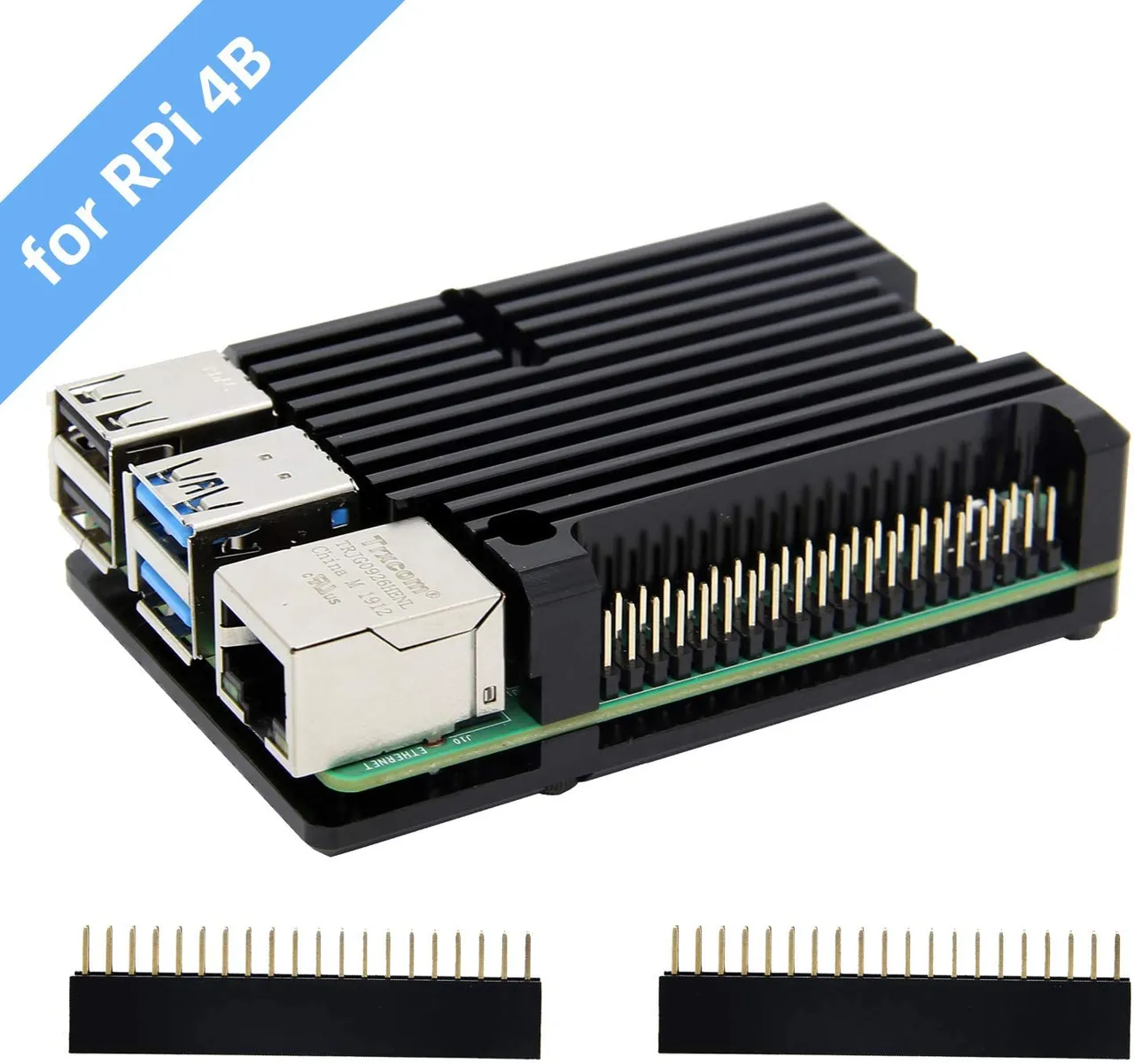
This case is quite beautiful in its design but reviews on its function are mixed. As usual, the included thermal tape is a poor conductor. As mentioned in some of my previous posts, if you are going to use heat sinks with Raspberry Pi always use computer thermal paste, the stuff included is garbage.
After looking around at options, I settled on this case.
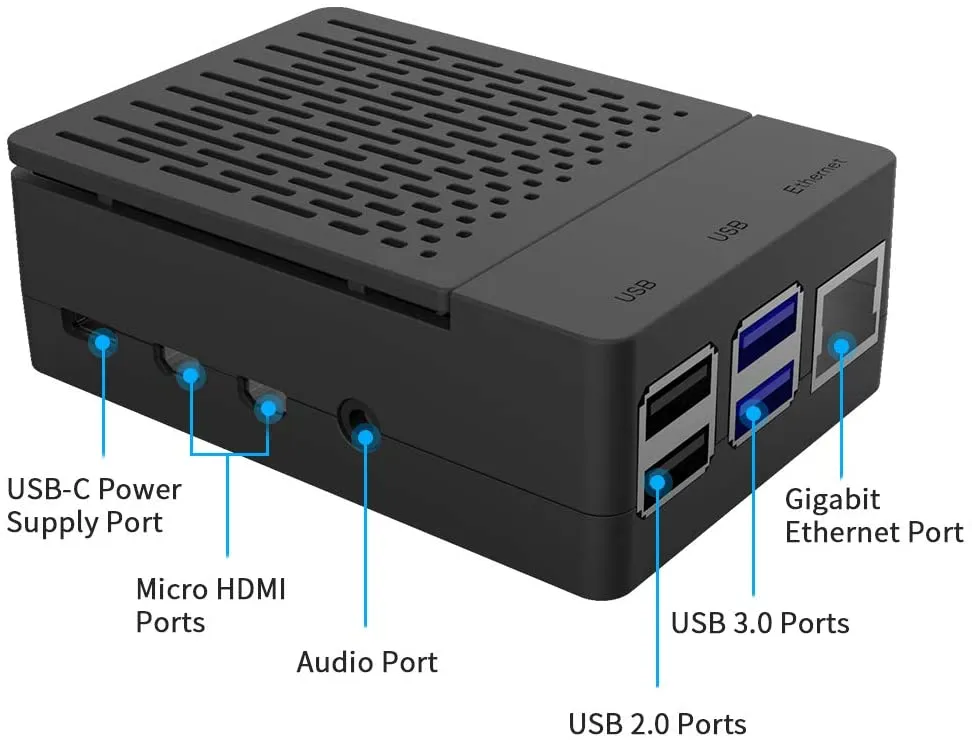
It looks nice, includes a 40mm fan, by a reputable manufacturer (GeeekPi) and when bundled with a power supply is $16 shipped off Amazon.
I wish this is where my search ended, but I do want to equip a few Raspberry Pi with the PoE (Power over Ethernet) Hat. This complicates things a lot as I have yet to find a suitable case. From what I have heard, you can run the official case with the official PoE hat but you will raise the temperature around 30C with the case closed.
Most cases without a fan will have heat issues with the Raspberry Pi 4, the PoE Hat adds a lot of heat although it does include its own fan.
This made me shy away from the official case and look at other options that already supported a fan (ideally around 40mm). I also have been looking at using a Power over Ethernet (PoE) Hat so I don't need to use power cords. This also brings even more heat to the table, although it includes a fan, it does make looking for a case more complicated.
I did notice there is a compact version of a PoE hat by a third party that will likely fit in this case. I am hesitant as I stay away from third party power supplies unless the manufacturer is really proven. Supply supplies are notorious of being low quality, and the Raspberry Pi 4 has some known compatibility issues with third-party power supplies.
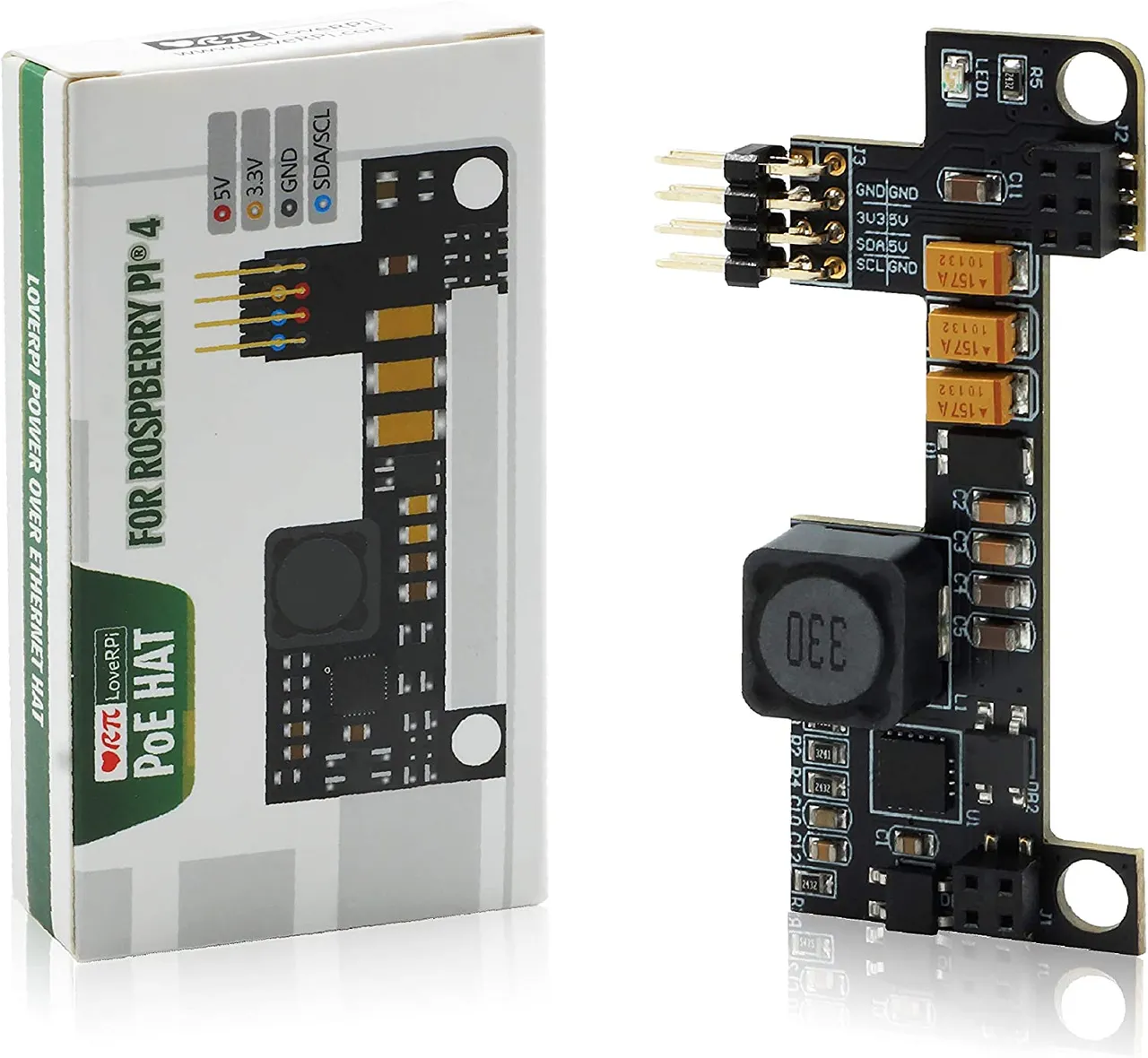
One thing to keep in mind when using a PoE hat, you will only be getting 2.5A, this is sufficient if you have very few accessories, but the official power supply for the Pi 4 is 3A and it is generally recommended. That being said, I think 2.5A should be sufficient for most people, and the places I want to use PoE will be Raspberry Pi's with no accessories and connected directly to my switch.
I will be doing some posts in the future when I get my Pi 4's and the new accessories. Keep an eye out if this is your thing, I got a few cool projects planned.
Images are from Amazon

